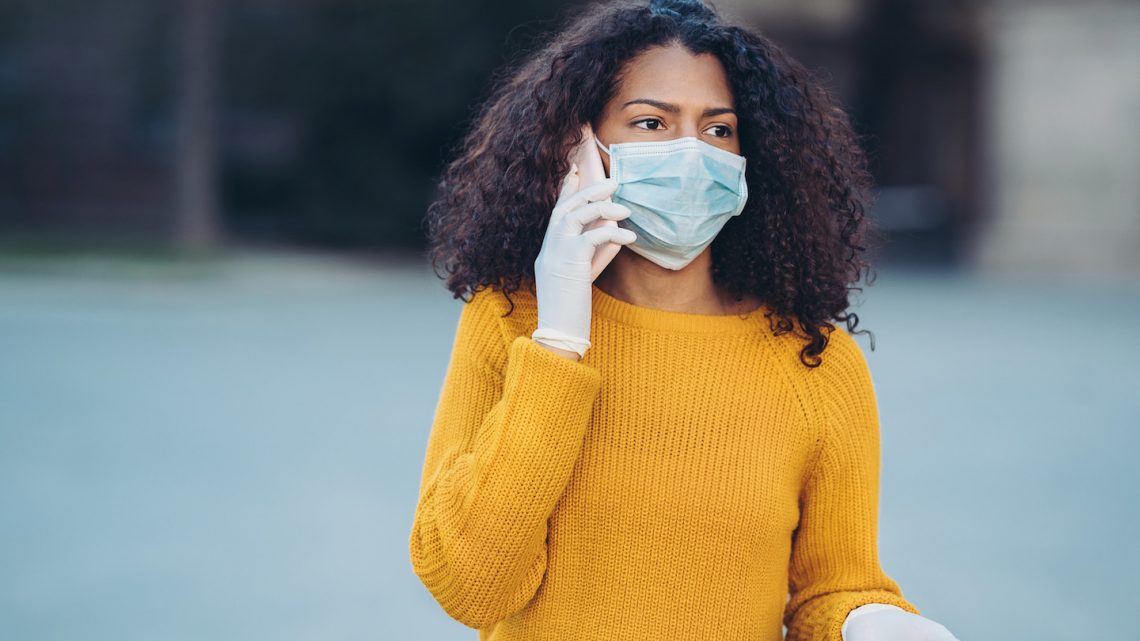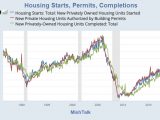
What Is Contact Tracing and Why Should You Care? A Guide
May 19, 2020The COVID-19 pandemic has been a banner time for learning new phrases. We’ve urged each other to do everything we could to “flatten the curve” to minimize the impact of the “novel coronavirus," we internalized the difference between self-isolation and quarantine, we’re thinking about antibodies for the first time since AP Bio, and we’re all too familiar with the definition of social distancing.
Now, a new phrase has entered our pandemic lexicon, and with it, a measure of hope: contact tracing. On April 29, the CDC officially endorsed the practice as a part of a “multipronged approach” to combating the spread of COVID-19 in the U.S. as a way to identify and isolate sick, or potentially sick, people, as well as people who may be asymptomatic carriers, in order to reduce the spread of the virus.
But in our continuously surveilled times, the possible use of contact tracing for COVID-19 has raised a lot of concerns, namely, violating the privacy of sick people. Is there a way to do this that doesn't involve big data? And if it's so great, why hasn't it been implemented widely in the U.S. yet?
What do contact tracers do?
In a recent deep-dive on the subject, ProPublica defined contact tracing as “a public health strategy” that involves “tracking down all the contacts of an infected person and then taking appropriate action to break the chain of transmission.” It’s been used for decades by health officials around the world to track the spread of a variety of diseases, like ebola, HIV, tuberculosis, measles, and syphilis.
In the specific case of COVID-19, contact tracers will text, call, or otherwise alert people who have tested positive, interview them to find out who they’ve been in close contact with recently (a friend you picnicked with, a roomful of colleagues you attended an hour-long meeting with, a friend letting you borrow a toolkit who lingered in your living room), and then reach out to those contacts to let them know they’ve been exposed.
According to ProPublica, the CDC already has a working definition of close contact: at least 15 minutes of exposure from six feet or less away. Local health departments can use this criterion to determine who contact tracers should reach out to when someone reports a new COVID-19 case.
From there, the exposed contacts are instructed to follow CDC guidelines and quarantine for 14 days, while contact tracers continue to check in with the COVID-19 patient, who should isolate themselves until they have been fever-free for three days; 10 days have passed since their symptoms first emerged; and those symptoms have markedly improved.
Basically, it’s about making phone calls, passing along not-so-great news, and checking in on people.
What about privacy?
News that privacy violators like Google and Apple developing contact tracing apps isn’t exactly heartening, and Axios recently reported that 40 percent of respondents in a poll about contact tracing were unlikely to participate in a program that involved giving local officials access to their cell phone’s location tracking data.
But experts argue that contact tracing doesn't have to be invasive, provided that the human element of the interaction is the priority and Big Tech butts out of the process. According to ProPublica, public health experts say placing the responsibility for contact tracing in the hands of local health departments (rather than outsourcing the work to tech startups thirsty for data) and emphasizing the human element of contact tracing are both key. Contact tracers are trained not to reveal the identity of the infected individual, so basic anonymity should remain intact.
“You’re less likely to give your information to a stranger,” Raj Panjabi, who conducted successful contact tracing efforts in Liberia, told ProPublica. “You have to have rapport and empathy. It comes when someone sounds like you.” As we all ache for human connection, contact tracing feels like an apt way to get us back together as fast as possible.
Contact tracing programs in other countries that rely on tech are focused on being incredibly thorough, at the expense of people’s privacy. But ProPublica’s investigation cites research showing that less-than-perfect data can still be effective: One study conducted by researchers in the U.K. found that manual contact tracing plus isolation of positive COVID-19 cases could reduce the virus’s transmission rate by around 57 percent.
Could it work for us?
The U.S. already has a contact tracing workforce, according to Vox. Until recently, that workforce spent the majority of its time focusing on sexually transmitted infections. Now, they’ve pivoted their efforts to tracking COVID-19, but they’re over-leveraged, which means that applying the framework of contact tracing to halting the spread of COVID-19 is going to be a matter of expansion.
This brings us to another potential benefit of instituting non-high-tech contact tracing programs: job creation. According to the New York Times, the number of people employed as contact tracers is on the rise, with the number of potential openings in the field somewhere between 100,000 and 300,000. Sure, those numbers aren’t high enough to jumpstart the economy (since around 36 million Americans have filed for unemployment in the past two months). But hey, at least they’re a start.
OK, so why aren’t we doing it already?
Efforts to implement contact tracing are already underway in states like Indiana, Illinois, California, Utah, California, New York, and Kentucky to employ and then deploy contact tracers. But since these programs are only a few weeks old, it’s largely too soon to calculate the results of these efforts. Hundreds of thousands of contact tracing positions is a lot of roles to fill.
But, sadly, the answer to this question is that the U.S. has been woefully unprepared for COVID-19, despite evidence that intelligence reports began warning the president of the virus on January 3 of this year. The federal government’s response to COVID-19 has been shot through with fear mongering and denial; state and local governments have been left to fend for themselves, with mixed success. It’s not surprising that states are implementing contact tracing in the same piecemeal fashion.
Contact tracing has been most successful in places with more robust containment measures than ours and fewer cases, like Hong Kong and South Korea. But contact tracing abroad and subsequent isolation solutions there have been incredibly high-tech, involving smartphone apps and even ankle bracelets to enforce quarantines.
As ProPublica lays out, a contact tracing process that relies on local health departments and phone calls, which may be less thorough than tapping people’s phones, can be nearly as effective if people comply. While tech solutions might come together faster than a workforce of contact tracers, surveys like the one from Axios indicate a more human approach is more likely to encourage that compliance—or, at the very least, keep people from getting too freaked out at the prospect of handing over even more personal to some higher power.
Follow Katie Way on Twitter.


